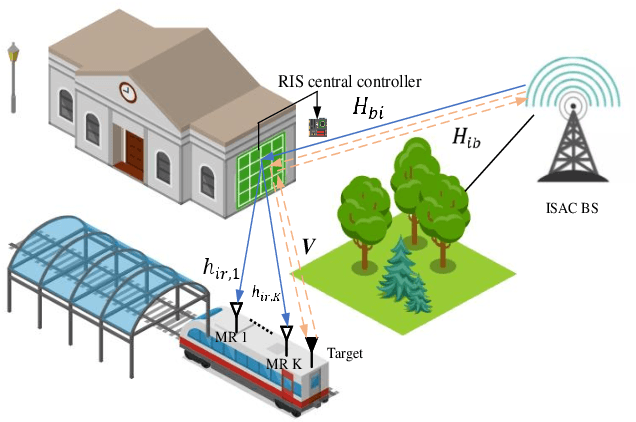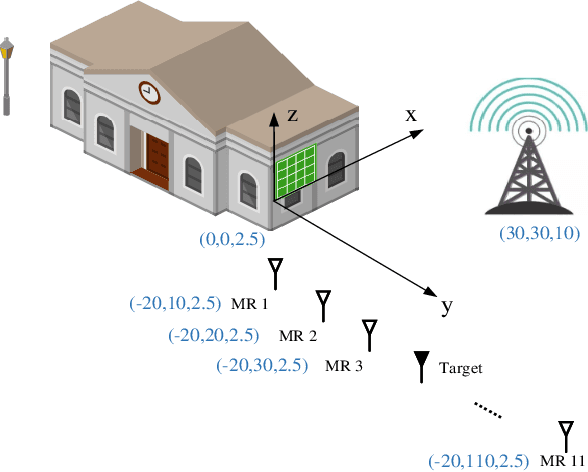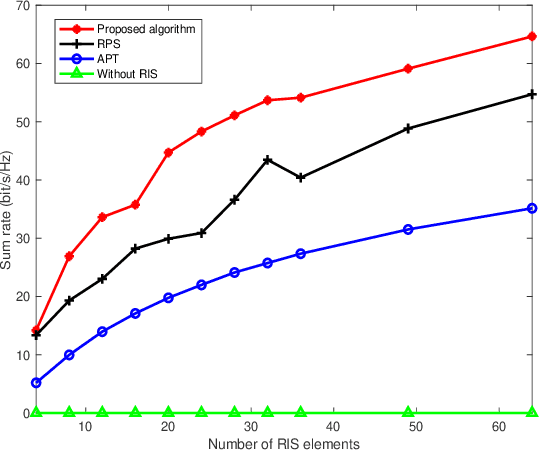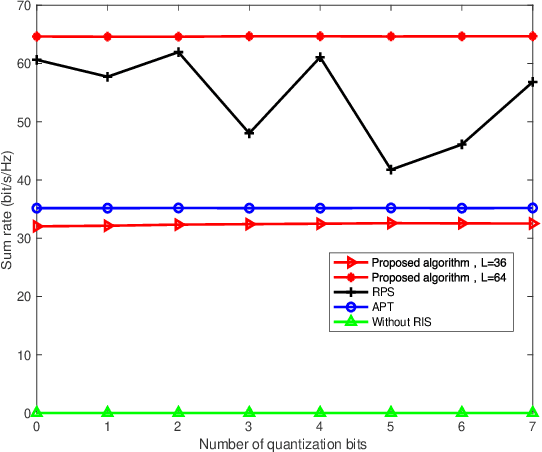Guiqi Sun
Non-stationarity Characteristics in Dynamic Vehicular ISAC Channels at 28 GHz
Mar 01, 2024Abstract:Integrated sensing and communications (ISAC) is a potential technology of 6G, aiming to enable end-to-end information processing ability and native perception capability for future communication systems. As an important part of the ISAC application scenarios, ISAC aided vehicle-to-everything (V2X) can improve the traffic efficiency and safety through intercommunication and synchronous perception. It is necessary to carry out measurement, characterization, and modeling for vehicular ISAC channels as the basic theoretical support for system design. In this paper, dynamic vehicular ISAC channel measurements at 28 GHz are carried out and provide data for the characterization of non-stationarity characteristics. Based on the actual measurements, this paper analyzes the time-varying PDPs, RMSDS and non-stationarity characteristics of front, lower front, left and right perception directions in a complicated V2X scenarios. The research in this paper can enrich the investigation of vehicular ISAC channels and enable the analysis and design of vehicular ISAC systems.
RIS-assisted High-Speed Railway Integrated Sensing and Communication System
Aug 19, 2023



Abstract:One technology that has the potential to improve wireless communications in years to come is integrated sensing and communication (ISAC). In this study, we take advantage of reconfigurable intelligent surface's (RIS) potential advantages to achieve ISAC while using the same frequency and resources. Specifically, by using the reflecting elements, the RIS dynamically modifies the radio waves' strength or phase in order to change the environment for radio transmission and increase the ISAC systems' transmission rate. We investigate a single cell downlink communication situation with RIS assistance. Combining the ISAC base station's (BS) beamforming with RIS's discrete phase shift optimization, while guaranteeing the sensing signal, The aim of optimizing the sum rate is specified. We take advantage of alternating maximization to find practical solutions with dividing the challenge into two minor issues. The first power allocation subproblem is non-convex that CVX solves by converting it to convex. A local search strategy is used to solve the second subproblem of phase shift optimization. According to the results of the simulation, using RIS with adjusted phase shifts can significantly enhance the ISAC system's performance.
 Add to Chrome
Add to Chrome Add to Firefox
Add to Firefox Add to Edge
Add to Edge